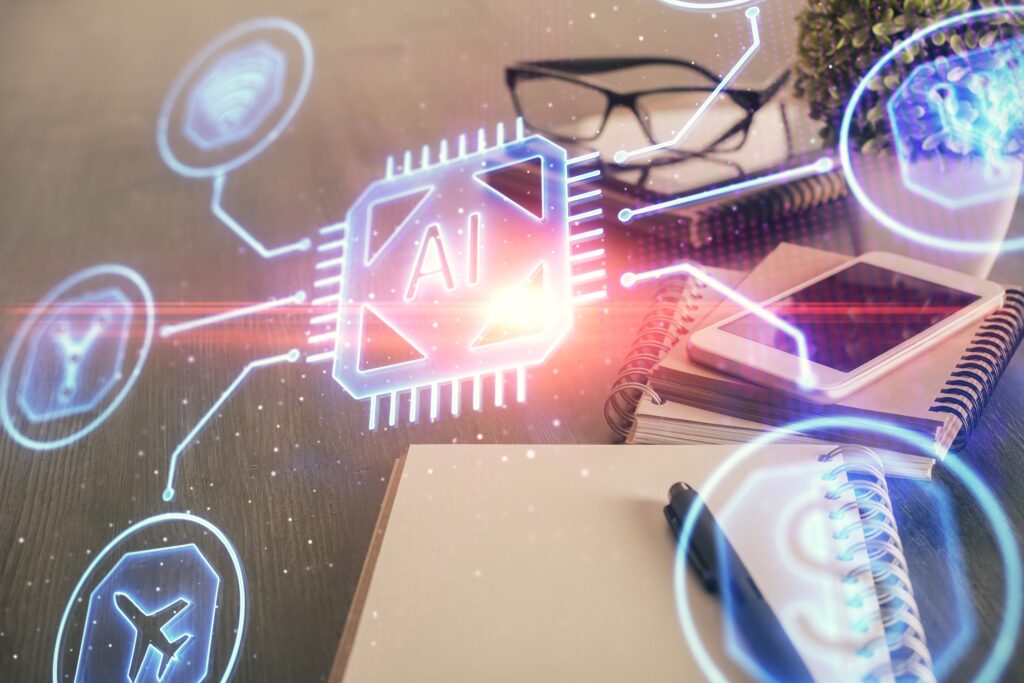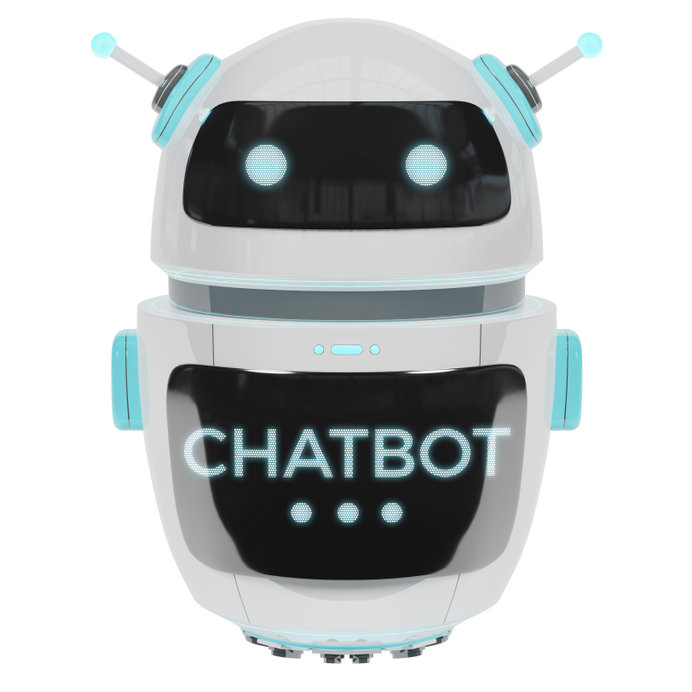It’s a fact: artificial intelligence (AI) is transforming the way businesses approach marketing. While the need to incorporate AI into marketing is a necessity, this transformation is met with uncertainty or even resistance by many teams. The root of this discomfort often stems from a fear that AI will eliminate the need for human workers or creativity. In reality, AI isn’t a threat—it’s an opportunity. When integrated strategically, AI can become one of the most powerful allies in your marketing strategy.
Give AI a Seat at the Table: Why It’s Time to Treat AI as a Valuable Member of Your Marketing Team






